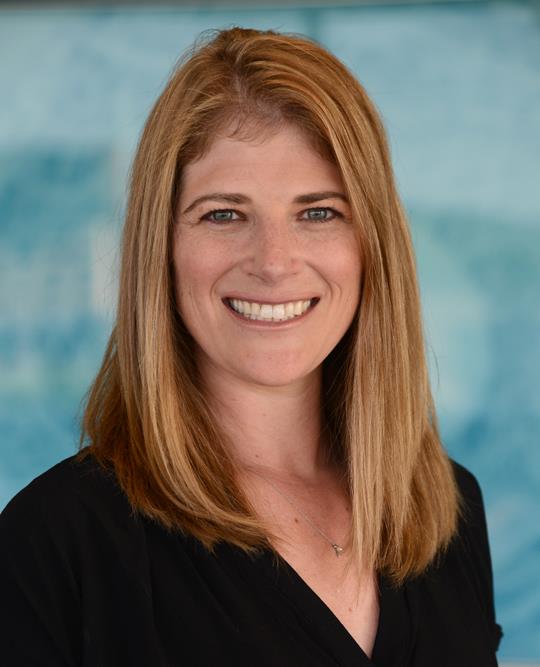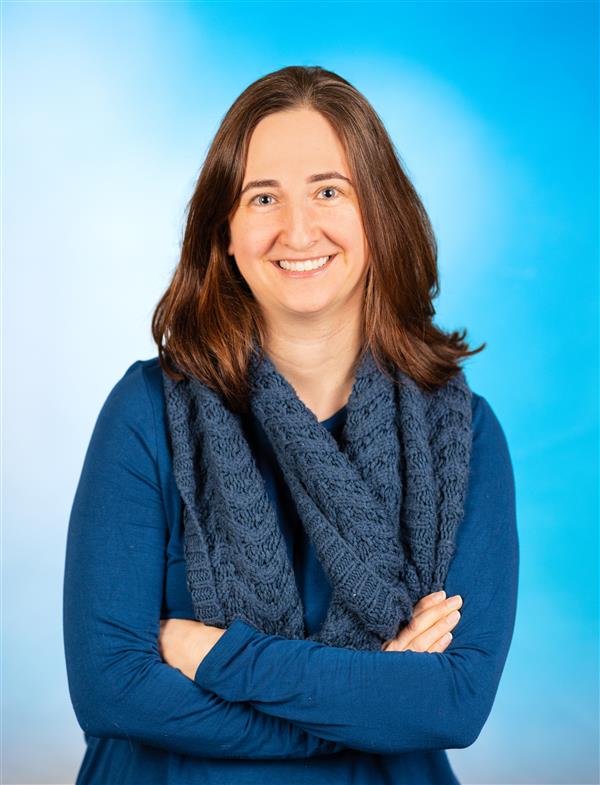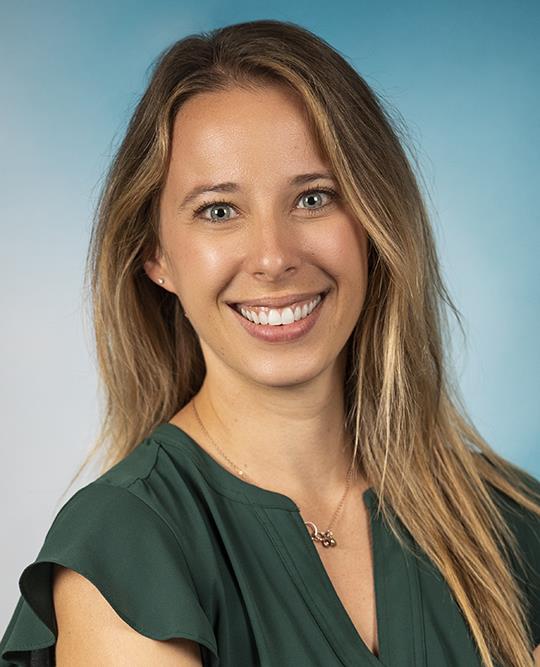- Doctors & Departments
-
Conditions & Advice
- Overview
- Conditions and Symptoms
- Symptom Checker
- Parent Resources
- The Connection Journey
- Calm A Crying Baby
- Sports Articles
- Dosage Tables
- Baby Guide
-
Your Visit
- Overview
- Prepare for Your Visit
- Your Overnight Stay
- Send a Cheer Card
- Family and Patient Resources
- Patient Cost Estimate
- Insurance and Financial Resources
- Online Bill Pay
- Medical Records
- Policies and Procedures
- We Ask Because We Care
Click to find the locations nearest youFind locations by region
See all locations -
Community
- Overview
- Addressing the Youth Mental Health Crisis
- Calendar of Events
- Child Health Advocacy
- Community Health
- Community Partners
- Corporate Relations
- Global Health
- Patient Advocacy
- Patient Stories
- Pediatric Affiliations
- Support Children’s Colorado
- Specialty Outreach Clinics
Your Support Matters
Upcoming Events
Colorado Hospitals Substance Exposed Newborn Quality Improvement Collaborative CHoSEN Conference (Hybrid)
Monday, April 29, 2024The CHoSEN Collaborative is an effort to increase consistency in...
-
Research & Innovation
- Overview
- Pediatric Clinical Trials
- Q: Pediatric Health Advances
- Discoveries and Milestones
- Training and Internships
- Academic Affiliation
- Investigator Resources
- Funding Opportunities
- Center For Innovation
- Support Our Research
- Research Areas

It starts with a Q:
For the latest cutting-edge research, innovative collaborations and remarkable discoveries in child health, read stories from across all our areas of study in Q: Advances and Answers in Pediatric Health.


Aerodigestive
Dysphagia and Aspiration
We see more, treat more and heal more kids than any other hospital in the region.
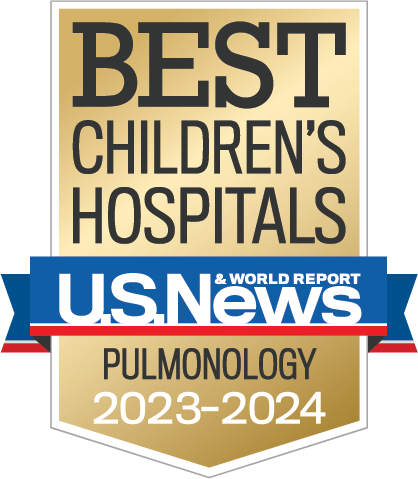
Get Care Now
From emergency to urgent care to 24/7 pediatric advice, we’re here to help in the heat of moment.
What is dysphagia? What is aspiration?
Dysphagia is a condition where children or adults have difficulty swallowing food, liquids, or even their own oral secretions. Sometimes children with dysphagia get food or liquid into their airway and lungs, this is known as aspiration. People sometimes describe aspiration as something "going down the wrong pipe." While everyone aspirates from time to time, most people are able to cough well enough to clear their airways. However, if someone with dysphagia aspirates more frequently, it can lead to respiratory problems, like chronic cough, bronchiolitis, or pneumonia.
Children with dysphagia and aspiration may cough, choke, or have eye watering while feeding or drinking liquids. Sometimes children with chronic cough or recurrent respiratory infections are found to have dysphagia and aspiration as the cause of these symptoms.
What causes dysphagia and aspiration?
There are many possible causes of dysphagia and chronic aspiration in children. Neurodevelopmental delay is one of the most common causes of swallowing dysfunction in children. Often these children are otherwise healthy but have delayed or immature/uncoordinated swallowing skills. Children who are born premature, children with cognitive impairments, and children with genetic syndromes including Down syndrome, 22q 11 deletion syndrome, all have a higher risk of dysphagia with aspiration. Children with anatomical disorders such as an abnormal connection between the airway and esophagus (tracheoesophageal fistula, laryngo-tracheal cleft), or other upper airway obstruction including laryngomalacia, may have an increased risk of dysphagia. Children with neuromuscular disorders such as cerebral palsy (CP), myopathy or muscular dystrophy can also have aspiration and dysphagia. Inflammation of the esophagus can be associated with dysphagia and aspiration, and is sometimes seen in children with severe gastroesophageal reflux disease (GERD) or eosinophilic esophagitis (EOE).
Depending on the cause, dysphagia and aspiration may occur during infancy and improve in the first few months or few years or life. Children with underlying genetic syndromes are more likely to have dysphagia and aspiration throughout childhood. Because of the many causes and variable course over time, children with dysphagia and aspiration can benefit from evaluation and treatment by a specialized medical team such as an aerodigestive or dysphagia management program.
Who aspirates?
While everyone aspirates occasionally, chronic aspiration can often be found in children with other health problems, including:
- Prematurity
- Tracheoesophageal fistula
- Laryngomalacia
- Laryngeal-tracheal cleft
- Other Anatomic defects (cleft palate, subglottic stenosis, other)
- Congenital heart disease
- Children with Down syndrome
- Children with 22q 11 deletion syndrome
- Children with other congenital syndromes or intellectual disability
- Typical children with isolated dysphagia
Signs and Symptoms
What are the signs and symptoms of aspiration?
- Coughing or choking while eating/drinking
- Frequent vomiting during or immediately after swallowing
- Disrupted breathing while eating/drinking (rapid / shallow or gasping breath)
- Eye watering while eating/drinking
- Failure to thrive/difficulty gaining weight
- Excessive drooling
- Behavioral feeding problems (refusing bottles / pushing away food)
- Chronic cough
- Hoarseness
- High-pitched wheezing on breathing in (stridor)
- Chronic respiratory illness (such as recurrent respiratory illnesses or pneumonia)
- Airway injury (bronchiectasis)
While all of the above symptoms are common with aspiration, it is also possible for children to aspirate silently, without displaying any symptoms.
Tests and Diagnosis
What tests are used to diagnose dysphagia and aspiration?
One of the most important evaluations to diagnose aspiration and dysphagia is a swallow study. During these studies, your child will drink liquids and eat foods so that the medical team can evaluate your child’s anatomy and their swallowing technique. There are actually two different ways to do a swallow study.
The first (and most common) type of swallow study is called a videoflouroscopic swallow study (VFSS). A VFSS is performed in Radiology and we use X-rays to create a video while your child is eating and drinking. If tolerated the team will try a variety of liquids of varying thicknesses and foods. This is study that is done while awake and the child needs to be able to drink or eat a minimum of 30 mL in order to obtain sufficient data from the test.
The second type of swallowing evaluation is called a fiberoptic endoscopic evaluation of swallowing (FEES). A FEES is performed in a clinic room and a small flexible airway scope is passed through the child’s nostril to directly look at the voice box while your child eats and drinks. In some infants, FEES can be used to visualize swallowing while breastfeeding. For a FEES study the child is also awake during the evaluation.
The results of the swallow study will be communicated to the family immediately after the study. Changes to your child’s feeding plan, if any, will be discussed between the care team performing the study, your child’s medical team (your pediatrician, the aerodigestive team, or others who help care for your child), and you. These discussions often occur during the days following the study.
How do providers at Children's Hospital Colorado make a diagnosis?
When evaluating children with suspected dysphagia and aspiration, our team has many goals. We want to determine if your child has dysphagia and aspiration, and we want to find a safe feeding plan that will work for your child and your family. Importantly, we want to understand why your child has dysphagia and aspiration so we can help treat your child and give caregivers information about prognosis and treatment options (if available). Because some children will have dysphagia for many months or years, we also want to understand your child’s and your family’s long-term and short-term goals around feeding and swallowing.
To evaluate our patients, our team takes a complete patient history, including information about your child's birth, such as gestational age and birth weight. Providers will also ask about your child's growth pattern, feeding history, breathing problems, and gastrointestinal problems. They will ask specific questions about your child's current feeding schedule, cup and bottle system, typical foods, and any symptoms that occur while eating and drinking.
Our healthcare providers will do a physical exam, focused on the head, neck, respiratory and gastrointestinal systems. Children will need an swallow study to definitively evaluate for aspiration. Because dysphagia and aspiration will change over time, some children will require repeat instrumental swallow studies. To evaluate your child’s airway and esophageal anatomy, we may recommend a chest X-ray, chest computed tomography scan (CT scan), and upper gastrointestinal fluoroscopy series (upper GI series). These tests are not typically done under anesthesia.
Children with persistent dysphagia lasting beyond 9-12 months may benefit from “aerodigestive triple scopes” to fully evaluate their airway and esophagus anatomy in a comprehensive manner and coordinated together. These “triple scopes” are performed while your child is asleep (under general anesthesia) in the operating room with our anesthesiologists. The scopes include a bronchoscopy, laryngoscopy and an endoscopy. a flexible bronchoscopy, which allows the pulmonary specialists to see your lower airway, look at the anatomy, and look for any inflammation or irritation that may be associated with aspiration. A microlaryngoscopy and rigid bronchoscopys a scope completed by an ENT specialist to check the size of the airway and make sure there is no abnormal connection between the airway and esophagus such as a laryngeal cleft. An upper intestinal endoscopy is a flexible endoscopy performed by GI specialists to evaluate the lining of the esophagus (swallowing tube) as well as the stomach and look for inflammation that may be associated with aspiration. The exact method of making a diagnosis will depend on the underlying problem causing your child's aspiration.
How is aspiration treated?
The treatment for dysphagia and aspiration is determined by what is causing it. The initial goal is to find a safe feeding plan that will limit aspiration and help the child stay healthy. Feeding plans range in complexity and include slowing down the flow of liquid with a slower flow nipple or a valved sipper cup and changing the thickness of liquids using a thickening agent, pacing your child while eating, and other interventions. In addition to initial assessment, many children benefit from feeding and swallowing therapy with a speech language pathologist or occupational therapist to practice these skills and work toward reaching developmental goals. Children whose dysphagia is associated with neurodevelopmental delays will likely improve throughout the first few years of childhood.
If there is an abnormal connection between your child's airway and esophagus or there is another anatomic problem, surgery may be needed. If these treatment options are not successful, other medical or surgical treatment options may be explored.
Children with more severe dysphagia, those without a safe feeding plan, or those with more significant respiratory symptoms sometimes benefit from a feeding tube, either a nasogastric feeding tube (NG tube) which is removable and more temporary or a surgically placed gastrostomy tube (G-tube).
Why choose Children's Colorado for your child's aspiration?
The Aerodigestive Program at Children's Colorado is dedicated to providing comprehensive, state-of-the-art treatment and services for children with complex airway, respiratory, swallowing, and gastrointestinal tract disorders. It is the only multidisciplinary program of its kind in the region. Our team is comprised of pediatric Pulmonologists (lung doctors), pediatric ENT surgeons (ear / nose / throat surgeons) and pediatric Gastroenterologists (GI doctors). In addition to the physicians we have a multidisciplinary care team which includes a feeding therapy specialist, a dietitian experienced in managing nutrition in patients with aspiration, a nurse coordinator and an advance practice provider. In addition to the Aerodigestive program we have dysphagia management clinics that are part of our Aerodigestive Program. We treat only children all day, everyday – making us experts when it comes to caring for kids.
Our patients' families are considered an essential element of the healthcare team and are encouraged to participate in planning their child's treatment course. This family-centered care approach allows for greater efficiency in scheduling visits and procedures. In addition, family-centered care provides the opportunity for improved patient and family education, which can help improve the overall patient experience and outcome.
In addition to the services our dedicated Aerodigestive Program team offers, we partner with other departments in the hospital to ensure your child is receiving the best, well-rounded care. When you bring your child to us for a visit, you can expect the following:
- A comprehensive same-day visit with the Breathing Institute, ENT and Digestive Institute, as well as the Feeding and Swallowing team
- Excellent patient and family education
- Condensed evaluations and limited sedation for procedures when needed
- Coordinated communication with your primary care physician
- A focus on quality outcomes for patients with complex health problems
-
Would you like to learn more about us?
Learn more about our Urgent Care Services -
Do you need to talk to a nurse?
1-855-543-4636 -
Would you like to learn more about us?
Learn more about the Aerodigestive Program
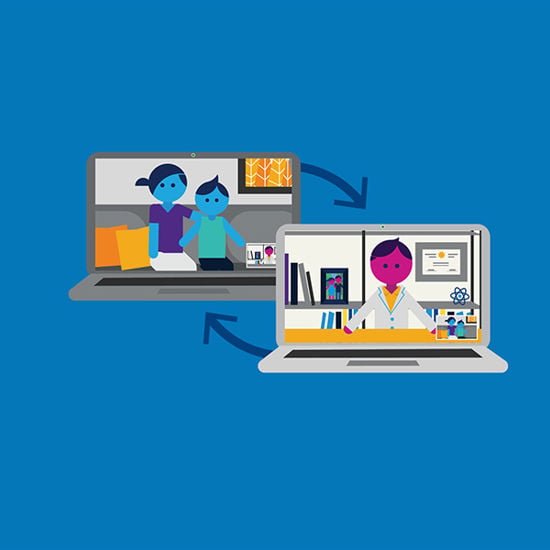
Compassionate care, wherever you are
We’re here when you need us. Telehealth appointments are available across every specialty, so you can get the high-quality care we’ve always offered from the comfort, privacy and convenience of home.
See if telehealth is right for you



 720-777-0123
720-777-0123




